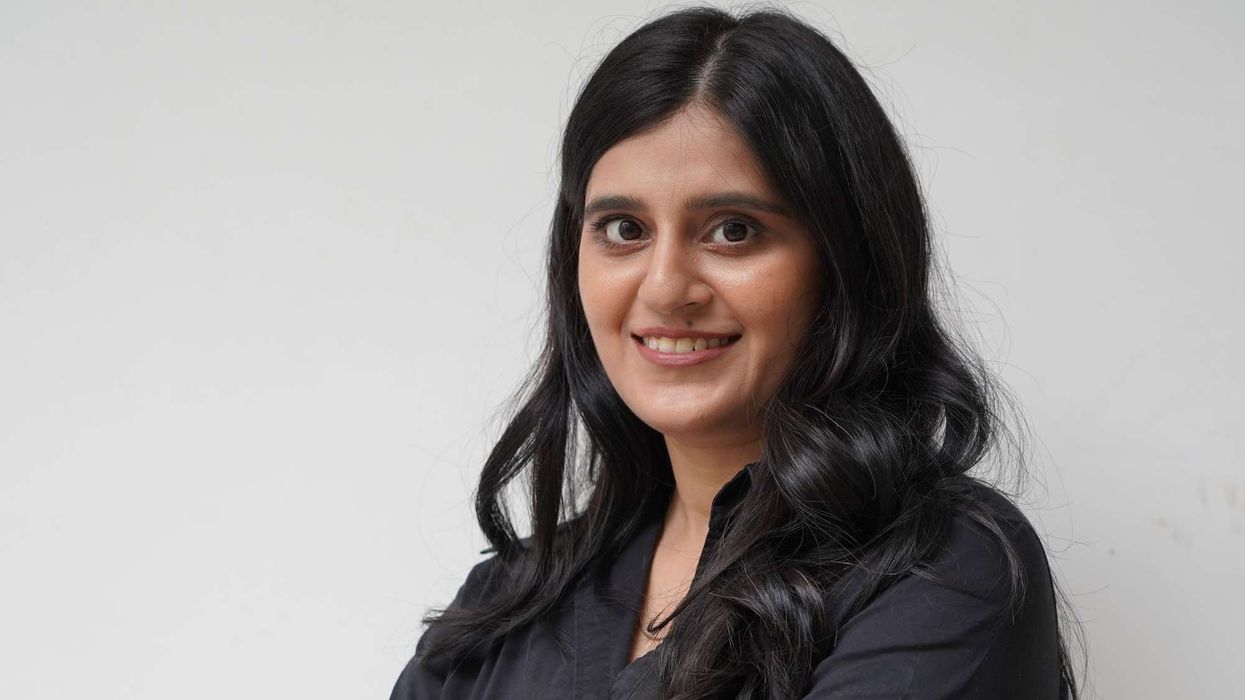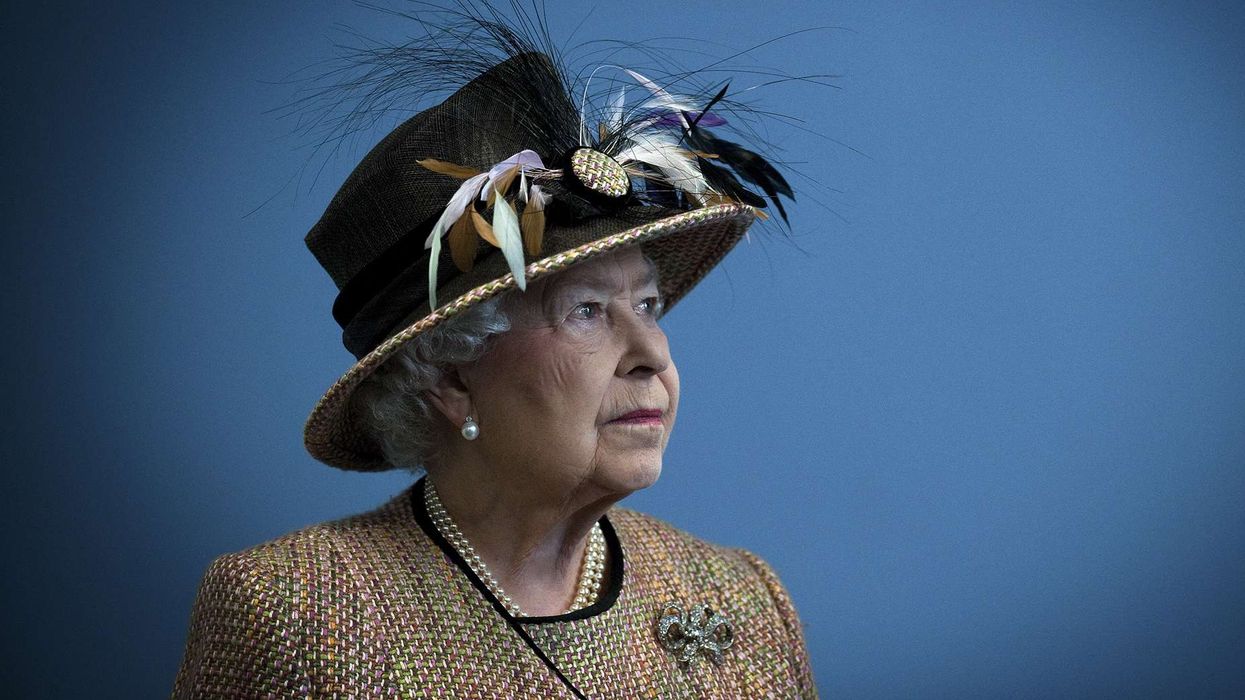Forget waiting until 60 to kick back and relax because the Gen Z is now rewriting the rulebook with micro-retirement. This trend is all about taking breaks during the hustle of your career, sometimes for months, to recharge, travel, or maybe dive into personal passions. It’s not just a long vacation but more like a shift in how work-life balance is seen, with mental health and experiences taking the lead.
What is micro-retirement?
Micro-retirement is exactly what it sounds like: stepping away from work for a planned, extended break during your prime years. Whether it’s exploring new hobbies, travelling the world, or simply resting, this pause is placed intentionally in the middle of a career and not at the end of it. Gen Z doesn’t want to wait for retirement to live fully rather it’s about making time for life now.
Simple answer - this new trend reflects what Gen Z values most: balance, self-care, and real-life experiences. With the rise of remote work and the gig economy, it’s easier than ever to take time off without throwing your career out the window. Social media is also playing a huge role in spreading this idea. Young people are sharing their journeys of taking breaks, inspiring others to prioritise their well-being too.
The perks: Health, happiness, and growth
Taking time off actually offers some serious benefits. Many who’ve taken micro-retirements return feeling rejuvenated and more productive. It can be an opportunity to recharge, learn something new, or even start a side project. At least for the Gen Z, it’s all about gaining life experience rather than just chasing promotions. The chance to reset and come back stronger is a big draw, especially after the burnout many felt particularly during the pandemic.
Of course, there are challenges. Taking extended time off means a break in income and potentially slower retirement savings. Some may also struggle to jump back into the workforce, as industries evolve quickly. Careful financial planning and staying connected with part-time or freelance work can help avoid some of these setbacks.
It looks like micro-retirement is here to stay. As more people realise the importance of balance, companies will need to rethink how they support workers offering flexible roles and understanding the value of time away from the grind. For Gen Z, micro-retirement isn’t just a trend; it’s turning in to a lifestyle or in other words, a way of living fully without waiting for the golden years.
What is micro-retirement?
Micro-retirement is exactly what it sounds like: stepping away from work for a planned, extended break during your prime years. Whether it’s exploring new hobbies, travelling the world, or simply resting, this pause is placed intentionally in the middle of a career and not at the end of it. Gen Z doesn’t want to wait for retirement to live fully rather it’s about making time for life now.

Simple answer - this new trend reflects what Gen Z values most: balance, self-care, and real-life experiences. With the rise of remote work and the gig economy, it’s easier than ever to take time off without throwing your career out the window. Social media is also playing a huge role in spreading this idea. Young people are sharing their journeys of taking breaks, inspiring others to prioritise their well-being too.
The perks: Health, happiness, and growth
Taking time off actually offers some serious benefits. Many who’ve taken micro-retirements return feeling rejuvenated and more productive. It can be an opportunity to recharge, learn something new, or even start a side project. At least for the Gen Z, it’s all about gaining life experience rather than just chasing promotions. The chance to reset and come back stronger is a big draw, especially after the burnout many felt particularly during the pandemic.

Of course, there are challenges. Taking extended time off means a break in income and potentially slower retirement savings. Some may also struggle to jump back into the workforce, as industries evolve quickly. Careful financial planning and staying connected with part-time or freelance work can help avoid some of these setbacks.

It looks like micro-retirement is here to stay. As more people realise the importance of balance, companies will need to rethink how they support workers offering flexible roles and understanding the value of time away from the grind. For Gen Z, micro-retirement isn’t just a trend; it’s turning in to a lifestyle or in other words, a way of living fully without waiting for the golden years.













